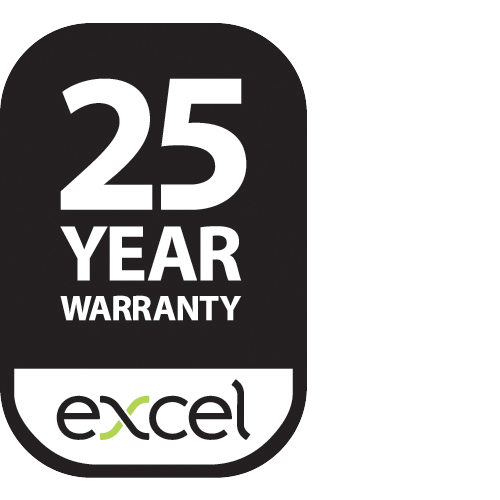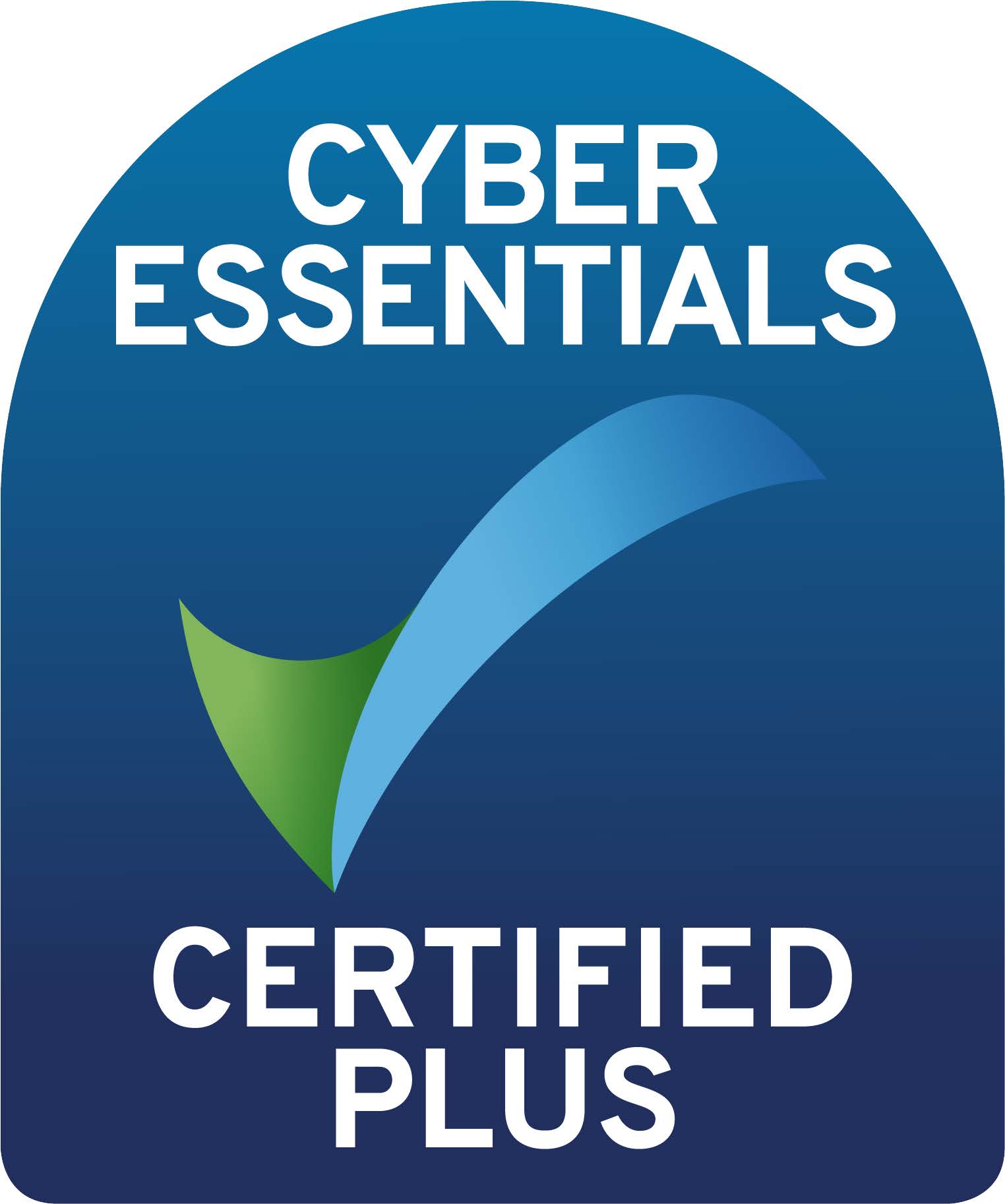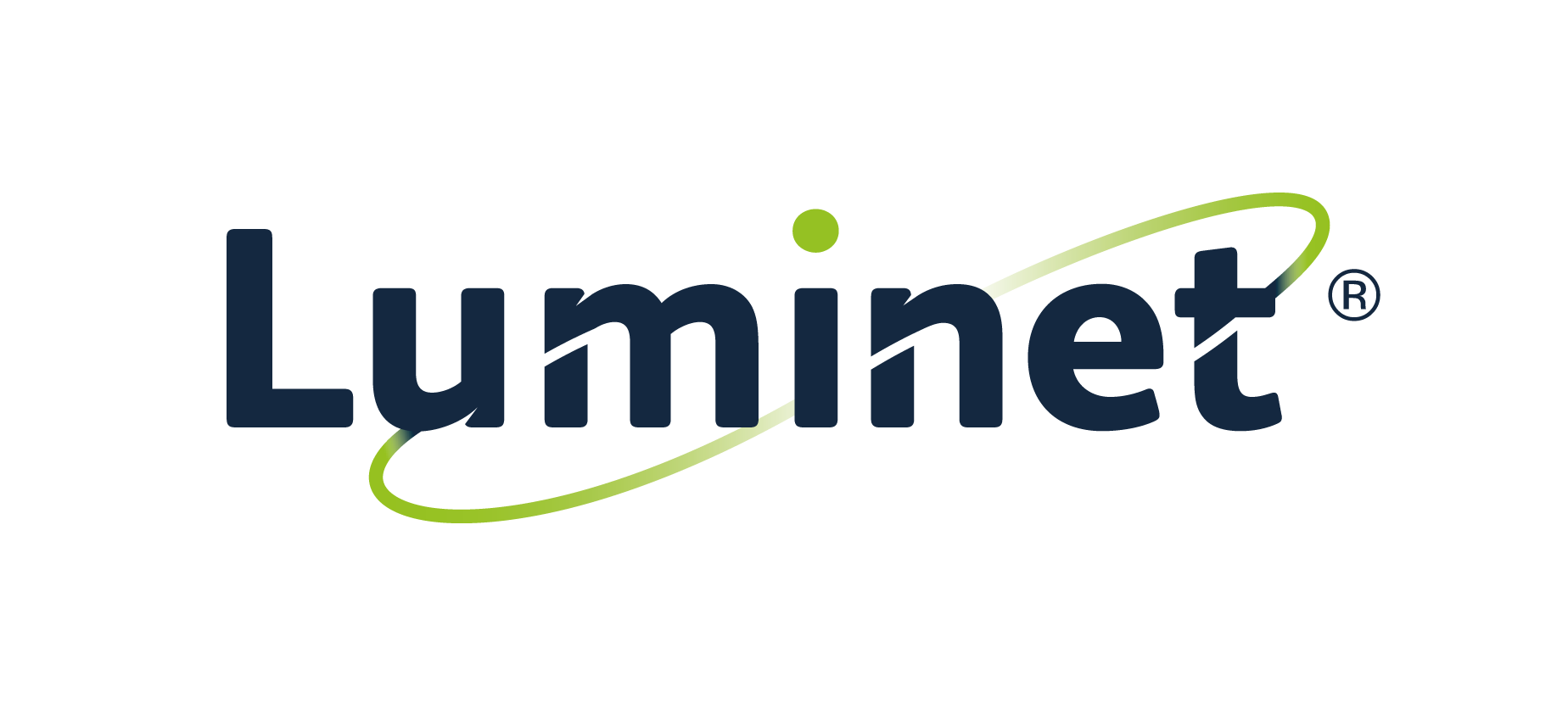Benefits of Microwave Internet (WiMAX)
Benefits of Microwave Internet (WiMAX)
While the majority of domestic and business Internet users rely on cabled Internet connections, there is a growing movement towards remote (wireless) connections.
With falling costs and improved technology microwave internet connections are becoming ever-more feasible as a main Internet connection. But what are the benefits?
Rural Access
Despite a major government push in recent years many homes and businesses exist outside of major fibre broadband hubs. To this end, it is necessary to rely on old-fashioned copper cabling, with its considerably lower speeds.
Even in some reasonably urbanised areas of the country, such as Sussex, it is not unheard of for properties to receive broadband speeds below 3Mbps, barely capable of streaming iPlayer or Netflix. For businesses the problem can be even more severe.
WiMAX is a potential solution for such ills, allowing businesses to receive far more impressive Internet speeds without needing to wait for new cabling to be introduced to their area.
Low Latency
Latency is essentially a measure of how long it takes for data to travel along your Internet connection. For small home users, latency may not be much of an issue, but many data-heavy processes can suffer when latency is high.
Examples of situations where low latency can be beneficial include VOIP-systems, online gaming and financial trading where rapid responses are essential or high volumes of data are being transmitted and received. Generally speaking low-latency is therefore of greatest benefit for business users.
While standard fibre lines generally offer very low latency, when comparing wireless solutions there is a clear winner. Most users find that a microwave internet connection offers a significantly lower latency than either satellite or cellular (3G) networks can, making for a more reliable Internet connection.
Low Impact Installation
Cabled Internet connections can suffer from installation issues. In some cases, it may be necessary to install new cabling, especially in the case of leased lines. This can be intrusive and may require building work to be carried out. The further you are from the nearest exchange, the bigger an issue this is likely to be.
A Microwave Broadband Connection, however, is reasonably easy to install. Unlike satellite, where an obtrusive dish is required, microwave connections just require a small antenna fitted to the roof or outside wall of your building.
They can therefore be suitable in areas where planning restrictions are tight, or where cable installation would be impractical.
Fast Installation
The lack of wiring can also have another knock-on effect; speed of installation. Luminet’s record for provisioning a new microwave Internet connection sits at less than one working day! This is in contrast to many other solutions such as fibre broadband which may take several weeks to provision effectively.
“Last Mile” Internet
Most properties – both businesses and residential – are connected by cable to their nearest exchange. This is often a mile or two from the property in question.
As a result of so many properties being connected to these cables, in essence you share the available bandwidth with everyone else connected in the area. This can result in unreliable Internet speeds, with dips in availability at peak times.
Microwave Broadband Connections tend to suffer far less from this problem due to the limited number of users of such technology. Microwave technology can therefore help you to maintain faster Internet speeds as you will no longer have to share the capacity with others nearby.
Generous Usage Caps
While satellite internet may historically have been viewed as the solution to those in more rural areas, it does have a number of weaknesses. First is the cost, which can be prohibitive, especially for heavy users. Secondly, however, maximum monthly limits are often severely limiting, which once again can have knock-on effects on the end user.
In contrast to this, microwave Internet connections tend to be far more cost-effective to maintain and use, and offer far more generous user caps. Some offer “unlimited” data transfer; something which is near-impossible to find with satellite providers.
Learn more about Luminet’s wireless services and the benefits of leased lines for businesses.








